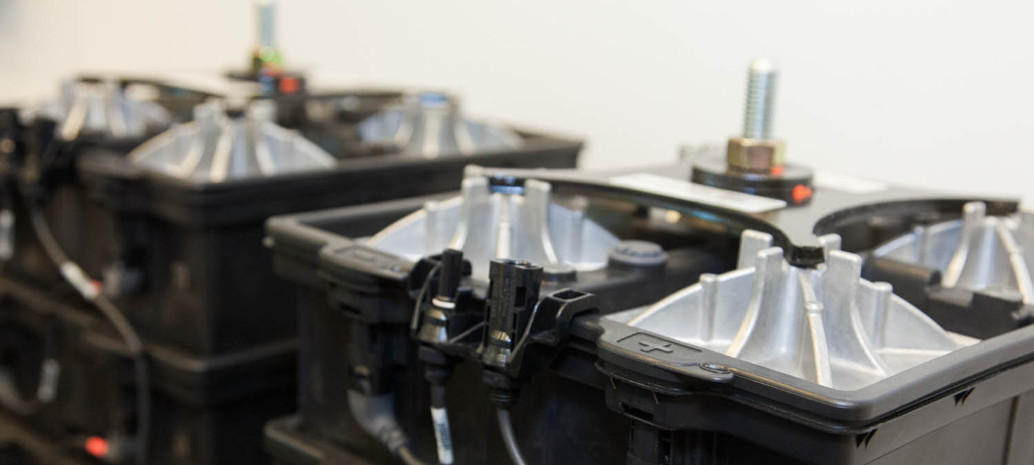With energy storage set to take over the world, Norwegian certification body DNV GL has published the first of what it intends to be an annual buyers' guide to batteries.
The publishers say their Battery Performance Scorecard will reduce the commissioning time needed for energy storage projects by weeks, as selecting a battery for use currently involves requesting information from manufacturers and having the responses verified by an independent engineering report.
With BloombergNEF predicting the installed capacity of stationery and EV batteries will rise to 942 GW by 2040, and secure $620 billion of investment along the way, DNV says its new product will be invaluable as it predicts a 50 TWh growth in energy storage capacity by 2050, based on renewables – including hydro – making up 80% of the world's electricity generation by that point.
Four key tests
The scorecard tests four crucial aspects of batteries: the average state of charge (SOC) measures how much charge remains in the battery and whether the level is harmful or optimal to performance. Related to that, DNV will assess each product's SOC swing, testing at different points to see where each battery performs best.
The C-rate – which governs the power at which a battery charges and discharges – will also be tested, said DNV, as well as the temperature of each product, a critical factor in battery lifespans.
“Having access to this data will reduce independent engineering review time from months to weeks, which is a major advantage that benefits all parties involved,” said Rich Barnes, Executive VP for DNV GL's Energy North America. “When battery manufacturers participate with DNV GL in the scorecard, we can connect buyers with suppliers while providing objective data for their project.”
High temperatures can help or hinder
The scorecard's developers say they have already unearthed useful findings from their research for the first iteration of the guide.
DNV says li-ion nickel cobalt manganese is the most common chemistry in the batteries it has tested, accounting for 88% of such systems.
Testers found 44% of the products tested had a lower than average throughput – level of energy discharged – when cycled near the top of the state of charge, with 33% performing worst in the middle of the SOC and only 22% exhibiting loss of power as the battery was nearly empty.
The effect of high temperatures depend on the product tested, added DNV, with 22% of the batteries examined having a better throughput at higher temperatures but the same percentage exhibiting their poorest performance under the same conditions. A third of the batteries tested put in their lowest throughput at low temperatures.
The scorecard is being exhibited at the Energy Storage North America conference which opened in Pasadena, California yesterday, and closes tomorrow.
This article was amended on 16/11/18 to reflect BloombergNEF has revised its estimate for investment in battery storage up to 2040 down from $1.2 trillion to $620 billion.
This content is protected by copyright and may not be reused. If you want to cooperate with us and would like to reuse some of our content, please contact: editors@pv-magazine.com.




1 comment
By submitting this form you agree to pv magazine using your data for the purposes of publishing your comment.
Your personal data will only be disclosed or otherwise transmitted to third parties for the purposes of spam filtering or if this is necessary for technical maintenance of the website. Any other transfer to third parties will not take place unless this is justified on the basis of applicable data protection regulations or if pv magazine is legally obliged to do so.
You may revoke this consent at any time with effect for the future, in which case your personal data will be deleted immediately. Otherwise, your data will be deleted if pv magazine has processed your request or the purpose of data storage is fulfilled.
Further information on data privacy can be found in our Data Protection Policy.